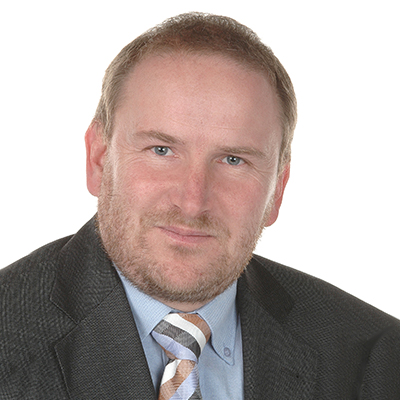“Every single experiment has to make sense”

Prof. Schlatt, what scientific topic are you working on right now?
We are among the few researchers in the field of reproductive medicine in Germany and we analyse reproductive malfunctions in men and in their hormonal balance in various situations in their lives. We are working for example with patients who had chemotherapy at a very early age. Such people often become infertile due to their exposure to chemotherapy or to radiation. We’re analysing this risk to see how this side-effect can be prevented. In another project we’re attempting to recognize damaged DNA in sperm. Damaged DNA can, for example, be a reason why an artificial insemination doesn’t succeed. This is why I’m working with my physicist colleague Carsten Fallnich on a process enabling us to separate the wheat from the chaff, so to speak – in other words, to separate sperm with defective DNA from sperm which is intact. The idea is to use only sperm with healthy DNA in an artificial insemination and thus increase the chances of success. Such a method would revolutionize sperm diagnostics. At the moment, sperm are analysed by survival rate, motility and number. What’s missing are methods to assess sperm functionality. If we manage to do this it would be possible to find the optimum sperm for an artificial insemination.
What characterizes you personally as a scientist?
I’ve spent a long time abroad, and in the past few years – because of my research – my family and I have managed six transcontinental moves. We lived in Melbourne, in Australia, for two years, then spent one year in Pennsylvania and five years in Pittsburgh, in the USA. At these various locations I was really able to develop my skills as a scientist. In 2008 I came back to Münster because here, at that time, there were simply the best conditions for myself and my research. And it’s great to be back, even though my family and I felt very much at home wherever we were living abroad.
What’s your great aim as a scientist?
I would like to be able to completely understand and explain male reproductive functions.
What’s your favourite “toy” for research – and what can it do?
We work with versatile, innovative technology. As we do a lot of work using animal models, these are very important for us – and we provide the best possible conditions for keeping and breeding them. And one thing is important here: every single experiment has to make sense and be valid.
Can you remember your happiest moment?
In 2002 we waited a long time for a fine piece of work that I had undertaken at the University of Pennsylvania to be accepted and then published in Nature. Before the decision was made our team was very frustrated because alterations were asked for which seemed impossible to us. Then the contrast between the long wait and the publication was so big and we were really happy to finally see the article in print.
And what was your biggest frustration?
There have been a few of those. For many years, as a post-doc, I was busy trying to plug the holes in my finances, struggling from one grant to the next. For me as a scientist – but also for my family – it was often difficult to stare into the black holes of a career in research. Such situations often occur in the life of a scientist, and you need a fair amount of patience and optimism to overcome them.
Which scientific phenomenon still regularly fascinates you today?
The fact that a whole human being develops from just two cells, an egg and a sperm. There are still so many unsolved questions in the whole process of reproduction and development.

